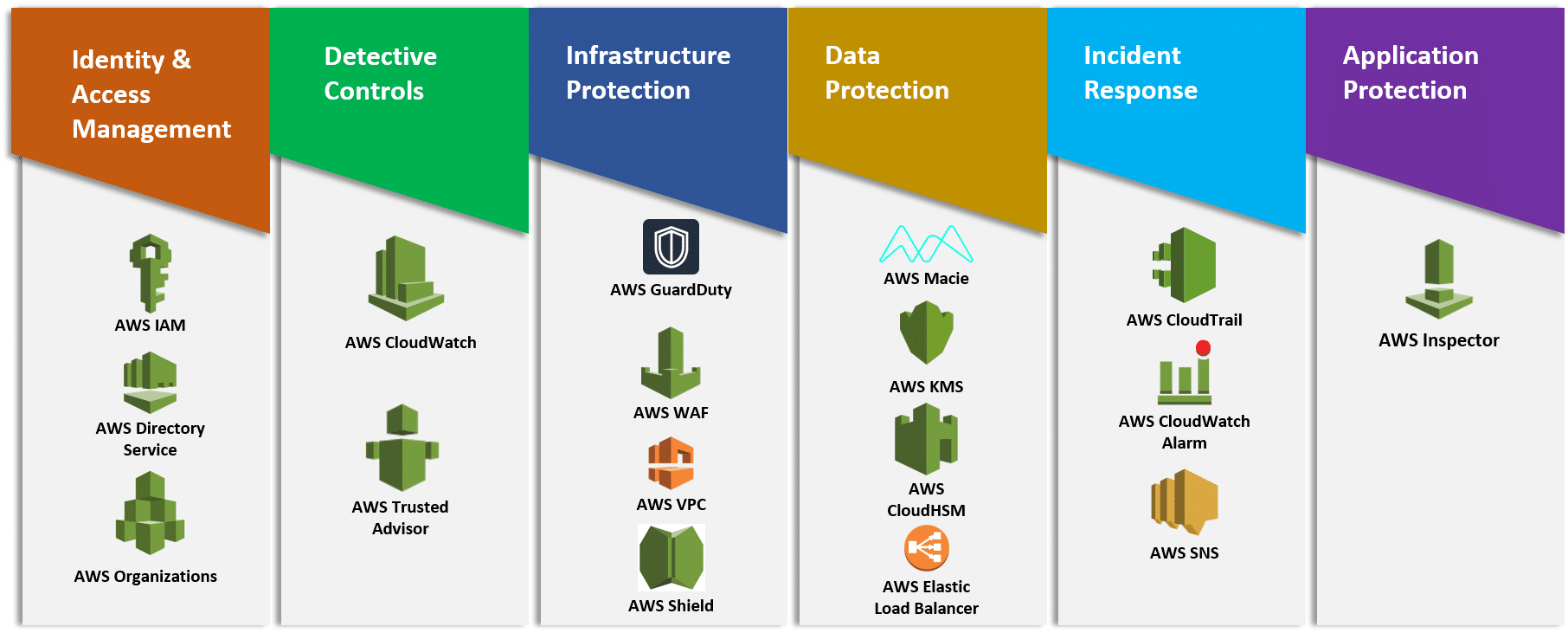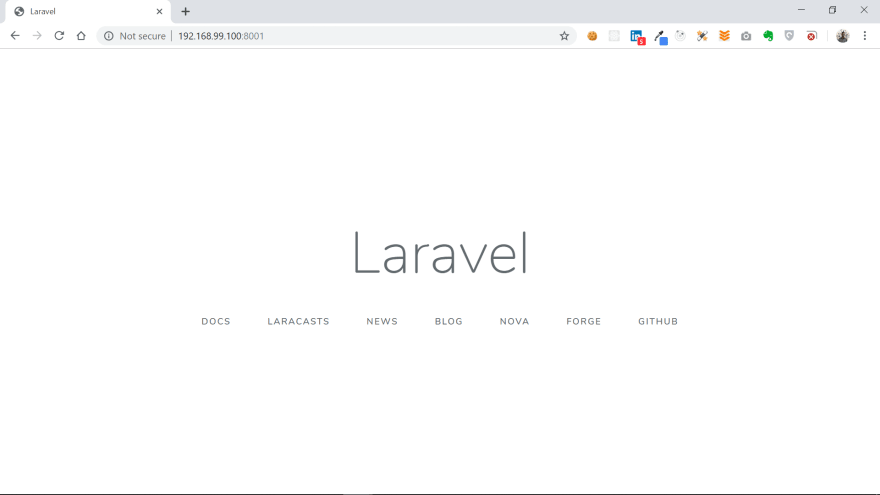31 Jul

Amazon Web Services (AWS) is discontinuing several of its services, including AWS CodeCommit, as part of a broader shift in its development tools strategy. This decision reflects AWS’s focus on consolidating and streamlining its services to better support modern development workflows. Here’s an in-depth look at what this means for developers and organizations:
Background and Timeline
AWS announced that as of June 6, 2024, it stopped onboarding new customers to AWS CodeCommit. Existing users can still create new repositories, but no new accounts can be opened for this service. AWS is encouraging users to transition to alternative solutions before the full discontinuation.
Reasons for Discontinuation
- Service Consolidation: AWS is consolidating its services to eliminate redundancy and improve efficiency. By discontinuing CodeCommit, AWS aims to focus on more comprehensive and integrated solutions.
- Shift to CodeCatalyst: AWS is promoting CodeCatalyst as the next-generation service for code collaboration and continuous integration/continuous delivery (CI/CD). CodeCatalyst offers a more integrated experience with enhanced capabilities compared to CodeCommit.
- Market Trends: The market for code repositories has seen significant growth and competition, with many organizations favoring platforms like GitHub and GitLab. AWS recognizes the need to align with these market leaders.
Impact on Users
- Migration Path: Existing CodeCommit users need to migrate their repositories to other platforms. AWS has provided documentation and tools to facilitate this migration. Popular alternatives include GitHub, GitLab, and Bitbucket, which offer similar functionalities with added benefits.
- Service Continuity: AWS assures that all current repositories will remain accessible, and users can continue their development workflows without interruption during the transition period.
- Integration with Other AWS Services: For users deeply integrated with the AWS ecosystem, transitioning to CodeCatalyst or other AWS-supported solutions will ensure continued seamless integration with services like AWS CodeBuild and AWS CodePipeline.
Advantages of CodeCatalyst
- Enhanced Collaboration: CodeCatalyst offers improved collaboration features, making it easier for distributed teams to work together on projects.
- Integrated CI/CD: The new service integrates natively with AWS’s CI/CD pipeline, providing a smoother and more efficient development and deployment process.
- Scalability and Flexibility: CodeCatalyst is designed to handle projects of all sizes, from small startups to large enterprises, offering scalable solutions to match growth.
- Security: Built with AWS’s robust security framework, CodeCatalyst ensures that code repositories are protected with advanced security measures.
Preparing for the Transition
- Evaluate Alternatives: Organizations should assess their needs and consider alternative platforms. Factors to consider include integration capabilities, cost, ease of use, and community support.
- Plan Migration: Develop a migration strategy that minimizes disruption. This includes backing up all repositories, testing the migration process, and training teams on the new platform.
- Leverage AWS Support: AWS provides support and resources to assist in the transition. Utilizing these resources can help ensure a smooth migration process.
Conclusion
While the discontinuation of AWS CodeCommit may require some adjustments, it also presents an opportunity to adopt more advanced and integrated tools. By planning and leveraging AWS’s support resources, organizations can transition smoothly and continue to enhance their development workflows.
For more detailed guidance and support on transitioning from AWS CodeCommit, refer to AWS’s official documentation and support channels (PRINCE2 & ITIL Training).



